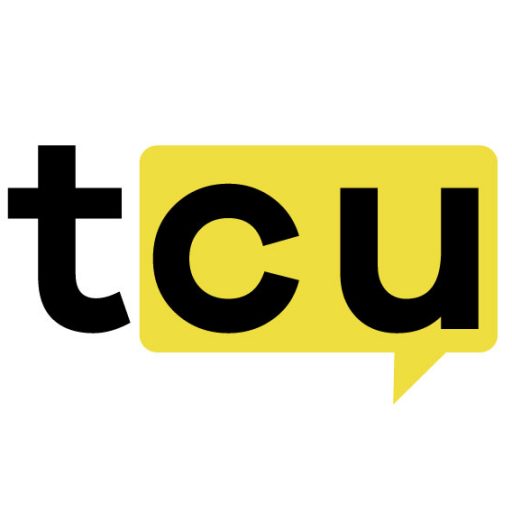New Infrastructure for Domain Tokenization
Doma Protocol has officially launched its mainnet, creating what appears to be the first blockchain infrastructure that actually works with the existing DNS system. The project aims to bring the massive domain name market into the DeFi world by turning traditional Web2 domains into programmable assets. I think this is interesting because domain names have been around forever, but they’ve always been pretty difficult to trade or use as financial assets.
The protocol operates as a Layer 2 on the OP Stack and uses LayerZero for cross-chain functionality. It integrates with Base, Solana, Avalanche, and ENS from what I can tell. At launch, users can tokenize premium domains like .com and .ai names as ERC-20 tokens. This could potentially unlock programmability and market access for assets that have traditionally been quite illiquid.
The Domain Market Problem
Domain names represent a huge market – we’re talking about $360 billion in the secondary domain ecosystem according to the project’s claims. But despite having over 368 million domains registered globally, the secondary market remains surprisingly fragmented and illiquid. Public data from NamePros shows that in 2024, only about $185 million in domain resales were recorded across 144,700 transactions.
Most high-value domains require weeks-long escrow or brokerage processes, which makes them inaccessible to smaller investors. There’s this weird mismatch where the market is enormous, but the actual trading activity is quite limited. Michael Ho from D3 Global put it well when he said domains have always been among the most undervalued internet assets – historically illiquid, slow to transfer, and only accessible to well-capitalized buyers.
How Doma Works
What makes Doma different from other blockchain domain projects is that it’s fully DNS-compliant. Unlike alt-root systems like Unstoppable Domains or Handshake, Doma works in partnership with registrars representing over 30 million domains. The architecture introduces two new token standards: Domain Ownership Tokens (DOTs) and Domain Service Tokens (DSTs).
This approach preserves the utility of domains while adding liquidity features. The project completed a 5-month testnet phase that saw over 35 million transactions and 1.45 million addresses. More than 200,000 domains were tokenized across the test environment, with use cases like software.ai demonstrating onchain fractional trading while maintaining full DNS resolution.
Early Adoption and Future Potential
At launch, Doma reports roughly 2,700+ mainnet addresses already activated. The early infrastructure shows about $183,000 in total value locked, with integration underway through the Mizu Launchpad. This will introduce yield opportunities, lending, and liquidity pools for domain tokens.
The project also launched a $1 million developer fund under the Doma Forge initiative to accelerate integrations and DeFi experimentation. The real test will be whether domain holders see this as a viable exit or income path, and whether DeFi users embrace domains as yield-generating real-world assets rather than speculative collectibles.
It’s still early days, but the concept makes sense. Domain names are valuable digital assets that have been largely locked away from financial innovation. If Doma can successfully bridge this gap while maintaining DNS compliance, it could open up new possibilities for both domain owners and DeFi participants. The success will depend on adoption from both sides of the equation – domain holders willing to tokenize their assets and DeFi users willing to treat domains as legitimate yield-generating assets.
![]()


